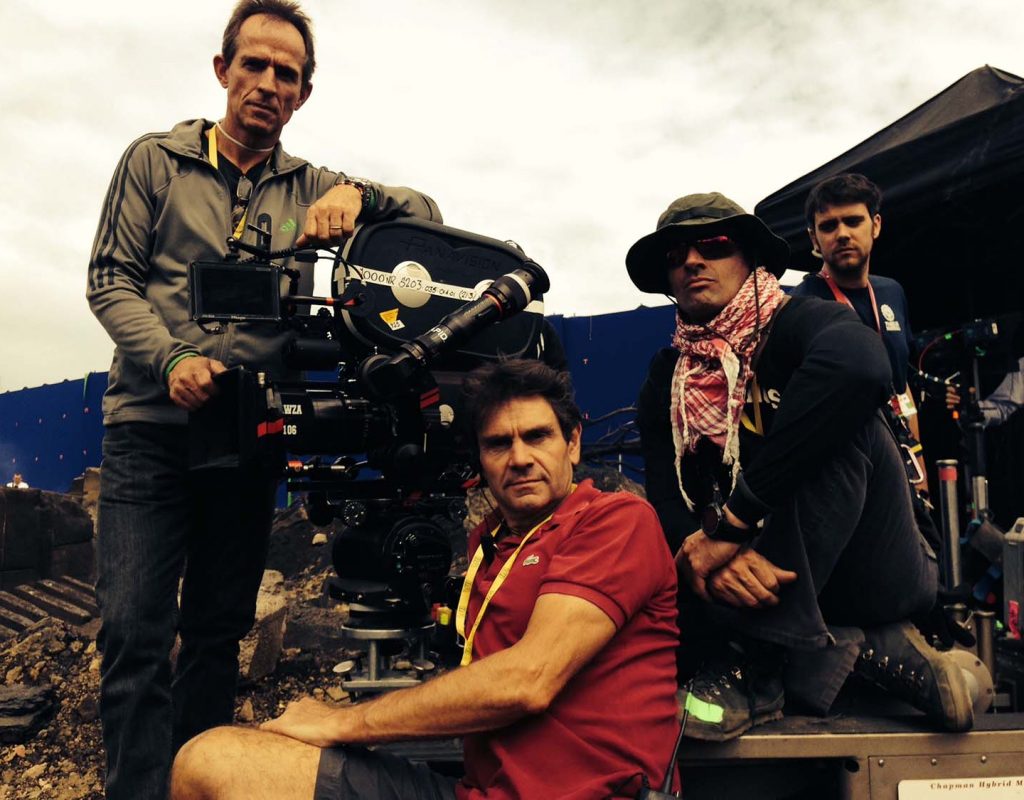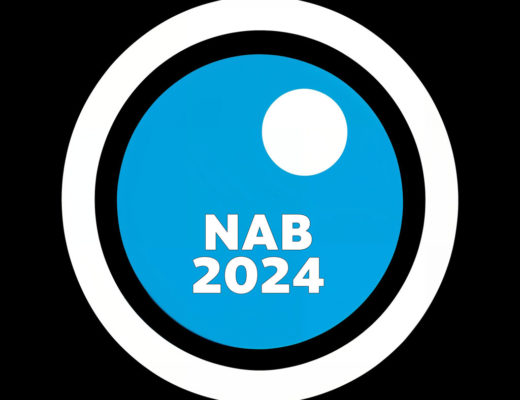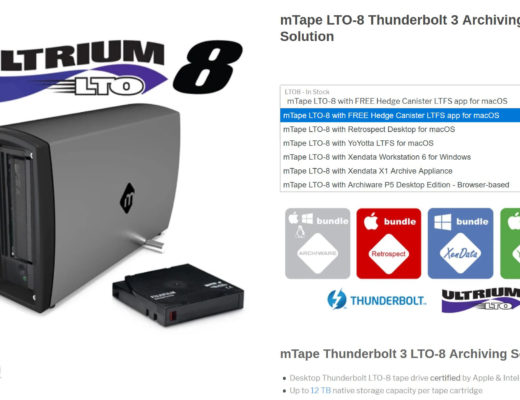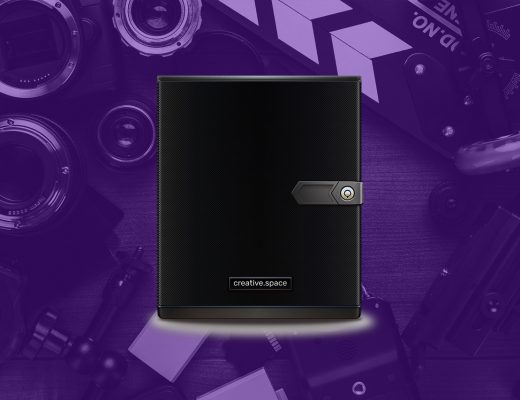When we set up digital asset management systems for our clients, they typically contain a full mix of marketing’s brand assets….images, logos, brochures, audio and video.
As corporate marketing departments are adding video production and video services to the mix, the wrench in adding these files to DAM is the relative size of a video file compared to other file types. Typical hi res image files pale in comparisson to broadcast quality videos, not to mention videos that are longer than 30 seconds in length. A hi res image from a digital slr camera will be around 50 Megabytes. That is a little over 10 seconds of Standard Definition DV quality video…less than 3 seconds of HD video. If you do the math, you see how storing video can eat up hard drive space very quickly.
One way to combat this is to store what are called “Mezzanine” files in the DAM. They are compressed videos that take up less space than the full res files, but are hi res “enough” that they make great quality highly compressed videos typically used on the web.
For example, if you decide to use Mpeg 2 as your mezzanine file for a 10 minute video, it will look completely normal on if burned to a DVD, while only taking up 1/5th the disk space of the full res DV version. If you decide to make a flash video for your website or publish to Youtube (converts all videos to flv or flash after you upload) you will see virtually no visable difference in the quality of the flash video created from the mpeg 2 verses one made from the DV file. Vid-heads will argue about this, including myself. But make no mistake, they….we are looking at it under a microscope. Everyone else will see no difference.
If your video collection is growing, and you are worrying about storing all the hi res versions, settling on a mezzanine format may be a great solution for you.
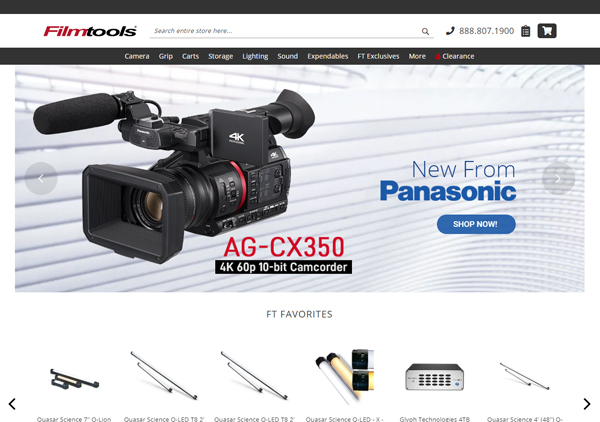
Filmtools
Filmmakers go-to destination for pre-production, production & post production equipment!
Shop Now